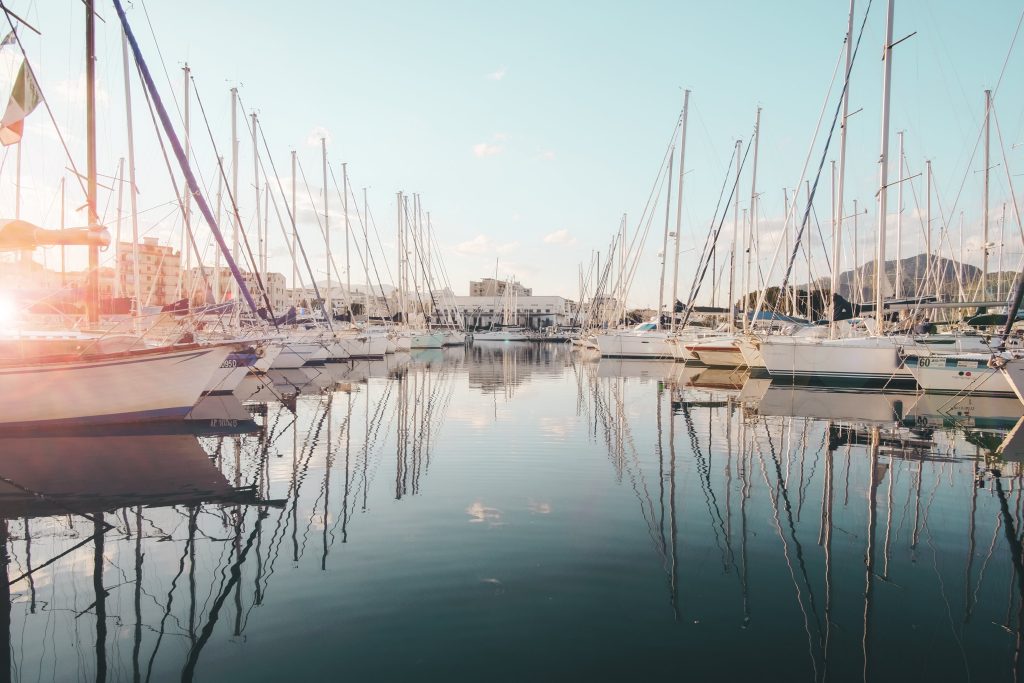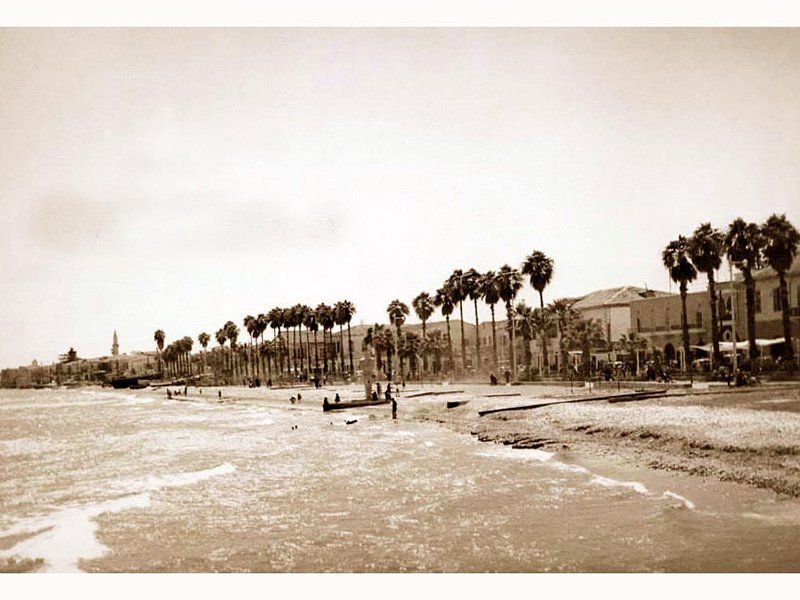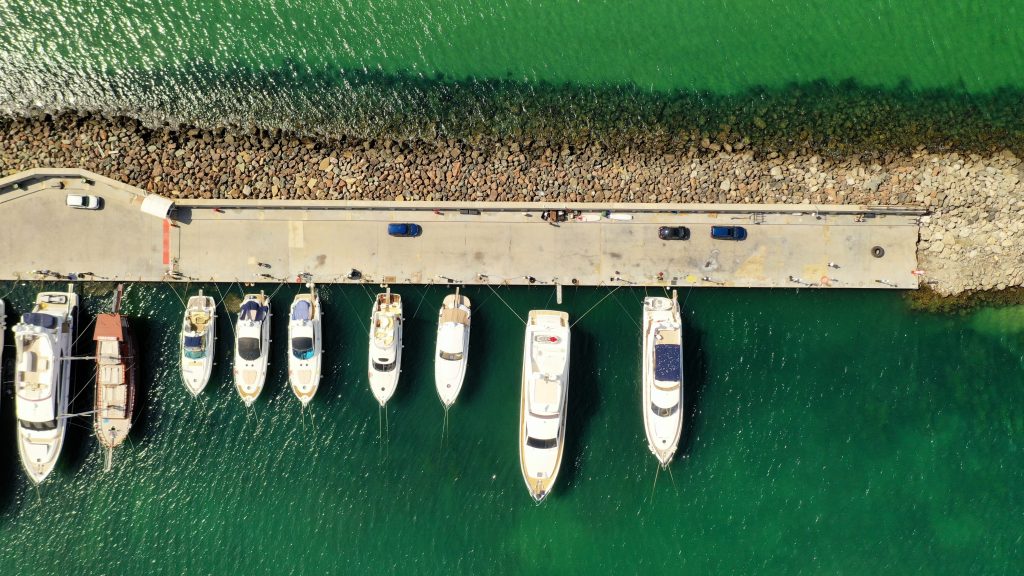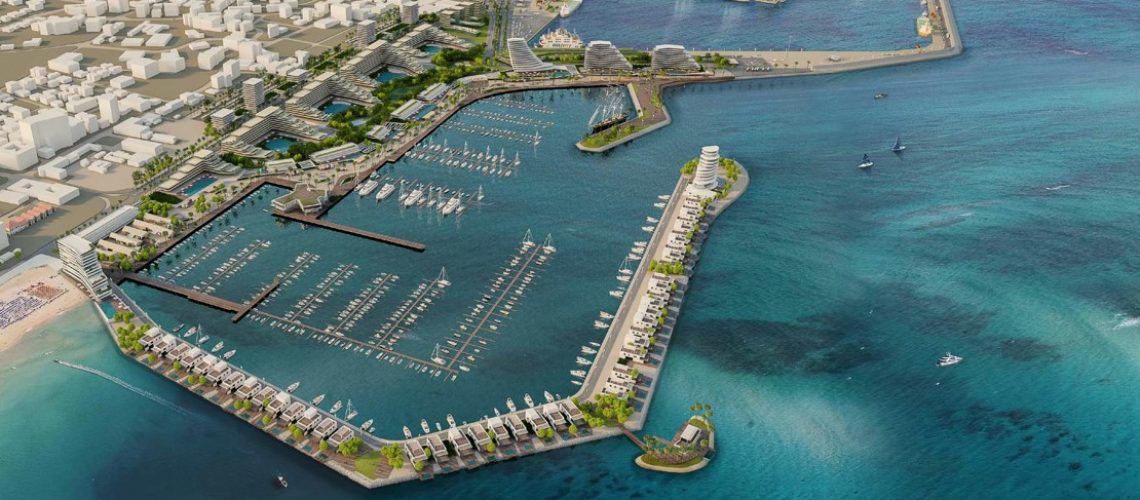Plans for the new Marina in Larnaca have finally been approved and construction will begin 2022. The first to be transformed will be the reconstruction and expansion of Larnaca’s port and terminal. Moreover, this will change the seaside landscape of Larnaca whilst 4000 jobs will be created generating billions for the economy. Firstly, the new reconstruction will cover 650 berths, the port and surrounding land development over an area of 332,449m² which is expected to see the consortium invest more than €1 billion.
In addition to the marina development, there will be a yacht club with a retail park, a passenger terminal at the port as well as hotels, private islands and residential properties. Furthermore, the government will receive a fixed rent and a percentage of the revenue generated through a concession agreement with the port/ marina operated on a 40 – year lease and the real estate is acquired on a 125 – year lease.
In conclusion this project will last more than 10 years including the construction of two hotels, nine mixed used buildings with a maximum of 15 floors and six luxury apartment buildings with a maximum of 13 floors. Without a doubt this project will be one of the most important landscapes in Cyprus. (Source: Financial Mirror, 2020, Larnaca Marina Port)

Larnaca Marina Port: Discover Cyprus
The Larnaca Port is strategically located on the south coast of Cyprus and serves as a major hub for commercial trade in the Mediterranean Sea. Its history dates back to the 1950s when the harbour was first constructed, and has since been transformed into a modern, efficient port. It has become an increasingly important economic factor for the region, providing jobs and generating revenue for the local population. The port also has a significant environmental impact, with a number of measures being taken to reduce its impact on the environment. These include the installation of an advanced wastewater treatment plant, the implementation of energy efficiency standards, and the restriction of ship emissions. The Larnaca Port is a vital part of the Cyprus economy and an important link to the rest of the world.
History and Transformation of the Larnaca Port
When the Ottoman Empire was in power in the 14th century, Larnaca Port was constructed and initially utilized for fishing and small-scale trade. Later, during the 19th century, the British developed the port into a significant commercial entryway for the island, exporting salt and agricultural goods to other nations. The Cypriot government made significant investments in the port’s infrastructure during the 20th century, enlarging the quays and constructing new warehouses, cranes, and cargo handling machinery.

Strategic Position of Larnaca Port in the Mediterranean Sea
The location of Larnaca Port has been essential to its growth and success. A prime centre for trade and business in the Mediterranean, it is ideally located at the intersection of three continents. Due to the port’s proximity to the Suez Canal, it serves as a vital hub for the transshipment of goods from Asia and Africa. Modern port infrastructure, including that of deep-water quays, container terminals, and cutting-edge cargo handling machinery – make it an important participant in the global marine economy.
Economic Significance of the Larnaca Port
Larnaca Port is a crucial source of income for Cyprus and has a considerable impact on the national economy. The port transports a wide variety of cargo, including manufactured items, raw materials, and petroleum products that are sent throughout the globe. Larnaca reported a throughput of more than 3 million tonnes of cargo in 2020, underscoring its significance in the world shipping sector.
The port also acts as a point of entry into the eastern Mediterranean, making it simple to travel to other nations in the area. It is a key connection in global commerce routes because of its advantageous location between Europe, Asia, and Africa. Larnaca Port has drawn several international investors, who have established their enterprises there, providing jobs for the local population.
Larnaca Port: A Hub for Commercial Trade
Commercial trade passes through the Larnaca’s Port, which links Cyprus to the rest of the world. The port has state-of-the-art infrastructure, including container terminals, warehouses, and storage spaces, allowing it to effectively handle all sorts of goods. It is in face one of tne of the biggest container ports in the Mediterranean, as the port’s container terminals can hold more than 500,000 TEUs.
In addition to it’s commercial trade significance, it is a significant center for passenger traffic as the port of Larnaca offers ferry connections to numerous nearby nations. The port’s passenger terminal is furnished with contemporary conveniences including waiting areas, dining establishments, and retail stores to make traveling comfortable and convenient.
Environmental Impact of the Development of the Larnaca Port
Larnaca Port Authority has made substantial efforts to lessen the environmental effect of port activities. Using eco-friendly technology and procedures to control waste disposal, energy use, and water usage is one of their most important projects. Also, the port features a cutting-edge sewage treatment facility that cleans effluent before discharging it into the water. To guarantee that ships stopping at the port adhere to international environmental standards, the authorities have also put severe rules and regulations in place. To further ensure that air quality levels stay within safe ranges for workers and the neighborhood, the port has invested in air quality monitoring systems. These actions show the Larnaca Port Authority’ dedication to sustainable development.

In conclusion, the history and change of Larnaca Port emphasise its strategic position, economic significance, commercial trade hub status, and environmental responsibility. From its humble origins as a fishing and small-scale trading port to becoming one of the busiest container ports in the Mediterranean, Larnaca Port has played a significant part in the growth and development of Cyprus. The port can handle all types of goods while having a minimal impact on the environment because to its cutting-edge infrastructure and environmentally friendly technologies. As a result, Larnaca Port continues to be a crucial node for international trade and a major source of funding for Cyprus, creating employment possibilities for the local populace. The Larnaca Port Authority’s dedication to sustainable development assures that the port will continue to play an important role for years to come.


